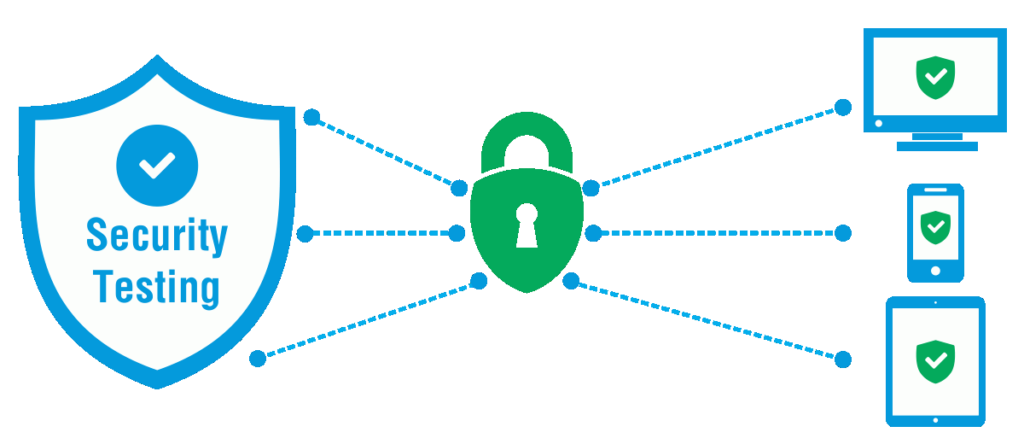A Deep Dive into SAST
Static Application Security Testing (SAST) is software testing that analyzes an application’s source code or binary to identify potential security vulnerabilities. SAST is a white-box testing technique that explores the application’s internal workings to identify potential security issues. Gartner Information Technology Research: they analyze the evolution of the static application security testing market and evaluate its vendors according to their business and technology vision, as well as their ability to execute against that vision in their products and services.
SAST tools use a set of predefined rules and heuristics to identify issues such as buffer overflows, SQL injection, cross-site scripting, and other vulnerabilities. The tool generates a report that lists the potential security vulnerabilities identified during the analysis, including information about the nature of the vulnerability, the location in the code where it was found, and recommendations for how to address it. By detecting security issues early in the software development lifecycle, it can help organizations improve the security of their applications and reduce the risk of security breaches.
Why is SAST an important security activity?
SAST is a vital security activity for several reasons:
- Early detection of vulnerabilities: It can help detect security vulnerabilities in the software development lifecycle, allowing developers to address them early. This can prevent vulnerabilities from becoming significant security risks in the later stages of development or after deployment.
- Cost-effective: It is a cost-effective way to detect security vulnerabilities, as it can be integrated into the software development process and does not require additional hardware or software.
- Compliance: Many industries have regulations and compliance requirements related to application security. It can help organizations comply with these regulations by identifying and addressing security vulnerabilities before they can be exploited.
- Better code quality: It can help improve the overall code quality of an application. Developers can also improve the code’s reliability, performance, and maintainability by identifying and fixing security vulnerabilities.
- Protection against attacks: SAST can help protect applications against various types of attacks, such as SQL injection, cross-site scripting, buffer overflows, and other vulnerabilities that attackers could exploit.
Overall, SAST is a critical security activity that can help organizations ensure their applications’ security, reliability, and quality. By identifying and addressing security vulnerabilities early in the development process, organizations can reduce the risk of security breaches and minimize the potential impact of attacks.

What are the fundamental steps to run SAST effectively?
To run SAST effectively, the following vital steps should be followed:
- Choose the right tool: Many SAST tools are available in the market. Choosing the tool that fits the organization’s needs and requirements is essential. Factors to consider when selecting a tool include language support, integration with the development environment, ease of use, and accuracy of results.
- Configure the tool: Once a tool has been selected, it must be configured correctly. This includes setting up the tool to analyze the code accurately and to produce accurate results. Pay attention to the tool’s configuration options and ensure they are set up correctly.
- Integrate with the development process: SAST should be integrated into the development process to ensure that security vulnerabilities are detected early in the software development lifecycle. This means running the tool regularly, ideally as part of the continuous integration and deployment (CI/CD) process.
- Prioritize and manage results: SAST tools can generate many results, some of which may be false positives or not critical. It’s essential to prioritize and manage the results effectively so developers can first focus on addressing the most critical vulnerabilities.
- Train developers: Developers should be trained to understand the results generated by the SAST tool and how to address the vulnerabilities identified. This can help ensure that security is integrated into the development process and that developers can write secure code.
- Monitor and track progress: It’s essential to monitor and track the progress of the SAST program over time. This can help identify trends in the types of vulnerabilities identified and addressed and help organizations improve their overall application security posture.
Overall, following these key steps can help organizations run SAST effectively and integrate it into their software development process to improve the security of their applications.
How does AlphaSAST work
Static Application Security Testing (SAST) is a software testing methodology to identify potential security vulnerabilities in an application’s source code or binary. AlphaSAST works by analyzing the principle of an application to identify potential security vulnerabilities and provide recommendations for how to address them. The AlphaSAST tool typically uses a set of predefined rules and heuristics to identify issues such as buffer overflows, SQL injection, cross-site scripting, and other vulnerabilities. The tool analyzes data flow through the application to identify potential security issues, including how data is used and manipulated and interacts with other parts of the system.
Additionally, the tool analyzes the application’s control flow to identify potential security issues, including how the application’s logic is structured and how attackers can manipulate it. The AlphaSAST tool generates a report that lists the potential security vulnerabilities identified during the analysis, including information about the nature of the vulnerability, the location in the code where it was found, and recommendations for how to address it. By detecting security issues early in the software development lifecycle, AlphaSAST can help organizations improve the security of their applications and reduce the risk of security breaches. For more knowledge, read our blogs on our website Auxin.io.







